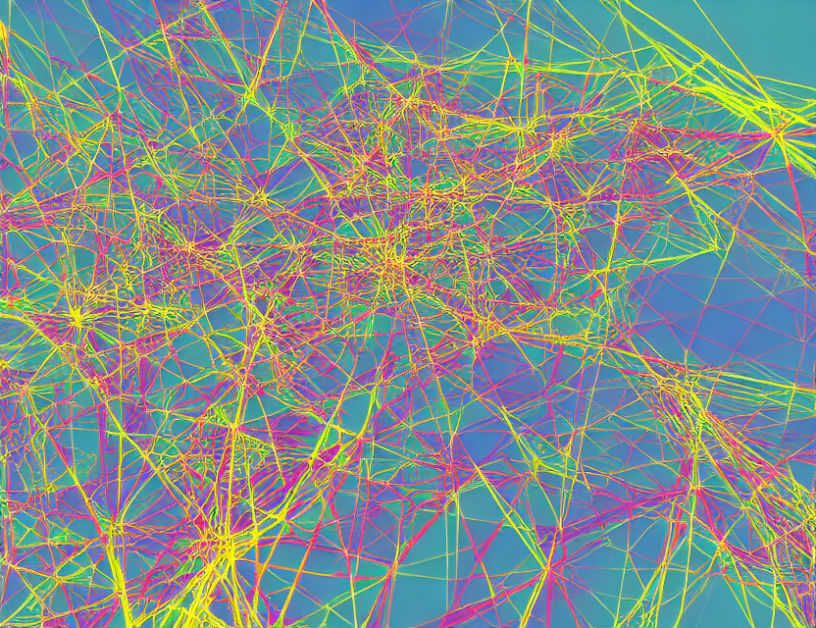In this article, we delve into the fascinating world of random graphs with clustering, shedding light on their intricate structure and properties. By analyzing the works of esteemed researchers in the field, we uncover the significance of clustering in graph theory and explore its applications in various domains.
Clustering in Graphs: A Definition
To begin with, let’s define what clustering means in the context of graphs. Clustering refers to the process of grouping nodes in a graph based on their similarity or connectivity. In other words, clusters are formed when nodes with similar properties or behaviors are grouped together, creating a more organized and structured graph.
The Importance of Clustering: Why It Matters
Clustering is crucial in understanding the structure and behavior of complex systems, including social networks, biological networks, and web graphs. By identifying clusters, researchers can identify patterns and trends that might otherwise go unnoticed, leading to breakthroughs in various fields. For instance, in social network analysis, clustering helps uncover hidden patterns of interaction and cooperation, which can be used to design more effective communication strategies or predict the spread of diseases.
Types of Clustering: A Brief Overview
There are several types of clustering techniques, each with its unique characteristics and applications. Some of the most common methods include:
- K-means clustering: This method partitions the graph into K clusters based on the similarity of their properties or behaviors.
- Hierarchical clustering: This technique builds a hierarchy of clusters by merging or splitting existing clusters based on their similarity.
- DBSCAN (Density-Based Spatial Clustering of Applications with Noise): This method identifies clusters based on their density and proximity to each other, while ignoring noise or outliers in the graph.
Applications of Clustering: From Network Analysis to Drug Discovery
Clustering has far-reaching implications across various fields, including: - Social network analysis: Clustering helps uncover hidden patterns of interaction and cooperation, leading to more effective communication strategies or predicting the spread of diseases.
- Biological network analysis: Clustering can reveal insights into complex biological systems, such as protein-protein interactions or gene regulation networks.
- Web graph analysis: Clustering can help identify communities or topics in web graphs, enabling better search engine optimization or personalized recommendation systems.
- Drug discovery: Clustering can aid in identifying potential drug targets by grouping proteins or genes based on their functional similarity or expression patterns.
- Recommender systems: Clustering can help create more personalized recommendations for users by grouping items based on their similarities or user preferences.
Conclusion: Unveiling the Mysteries of Random Graphs with Clustering
In conclusion, clustering is a powerful tool in graph theory that uncovers hidden patterns and trends in complex systems. By understanding the different types of clustering techniques and their applications, researchers can gain valuable insights into various domains, from social networks to drug discovery. As our knowledge of random graphs with clustering continues to grow, we can expect new breakthroughs and innovations in these exciting fields. So, the next time you encounter a complex system, remember that clustering may hold the key to unlocking its secrets!



